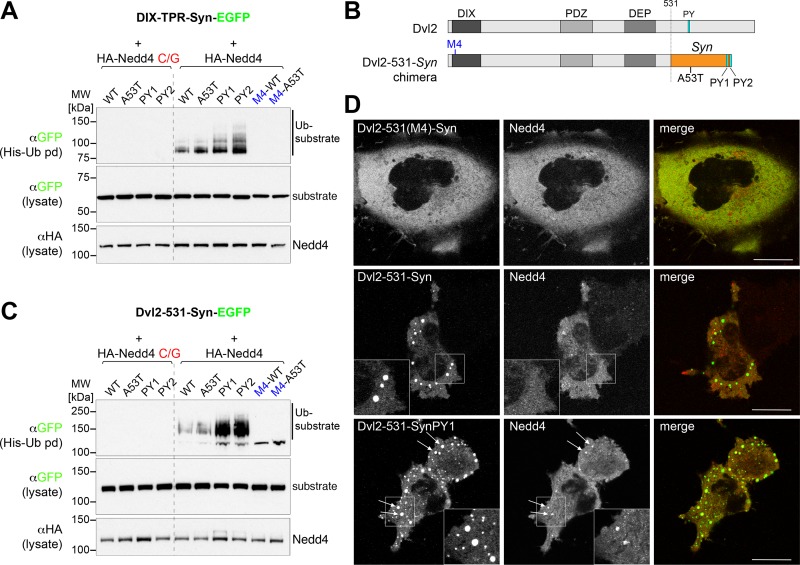Fig 5. No difference in ubiquitination between clustered wild-type and A53T alpha-synuclein.
(A,C) Western blots of His pull downs from HEK293T cells co-transfected with His-Ub, HA-tagged catalytically dead (C/G) or wt Nedd4 and the GFP-tagged polymerizing DIX-TPR fusions (A) or Dvl2-synuclein fusions (C) and their mutant versions as indicated. Clustered constructs with artificially introduced weak PY motifs are more efficiently ubiquitinated. (B) Schematic of the Dvl2-alpha-synuclein fusions used in (C). (D) Live-cell images showing single confocal sections of representative HeLa cells transfected with Dvl2-alpha-synuclein-EGFP either with polymerization defective M4 mutant (top left), wild-type alpha-synuclein (middle left) or introduced weak PY motif (bottom left panel) and co-transfected with mCherry-Nedd4 (center panels). As observed with the DIX-TPR-synuclein fusions (see Fig 4D) recruitment of Nedd4 into the larger punctate aggregates was observed only in the presence of the weak PY motif (see arrows). Insets show enlarged versions of the outlined areas.

